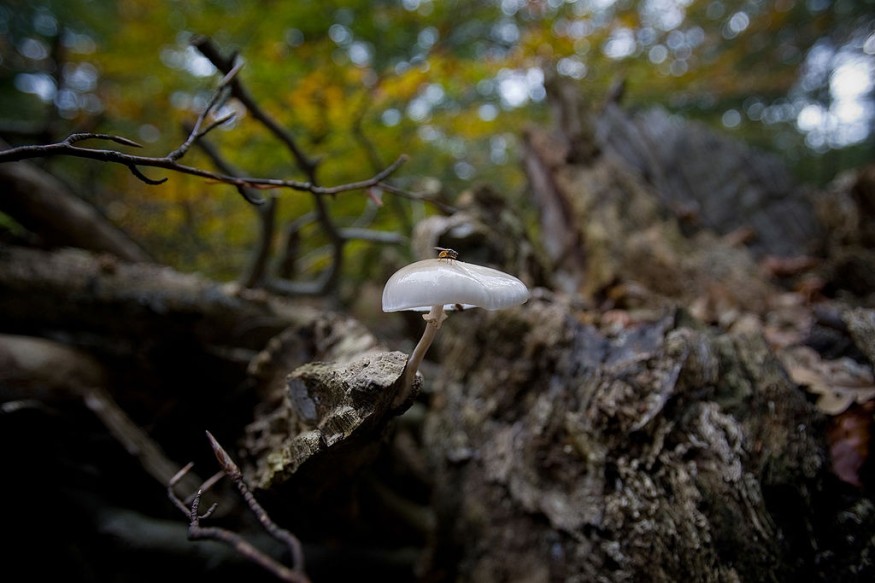In an aim to help protect the 'circulatory system of the planet', scientists are to map out vast networks of underground fungi for the first time.
Fungi are known to act as nutrient "highways", connecting carbon in the soil to plant roots, and supply 80% of phosphorus to host plants, vital to soil biodiversity and fertility. However, many hotspots of mycorrhizal fungi are believed to be under threat due to series of urbanization, expansion of agriculture, pollution, scarcity of water and changes to the climate.
In an effort to protect hotspots of fungal life, experts set a mission to explore one of the "final frontiers of untapped knowledge on the planet" - the fungal networks beneath us.
An "Underground Conservation" of the Wood Wide Web

Among other things, an underground network of plant roots and fungi play a significant role in fighting climate change. This connection allows plants and trees to share nutrients and thrive despite planet warming.
The Society for the Protection of Underground Networks (SPUN) initiated the start of an "underground climate movement" to protect "this ancient life support system," said Toby Kiers on BBC News, professor of evolutionary biology at VU University in Amsterdam.
"If we lose this system, this is going to have really serious consequences for our ability to fight climate change," Prof Kiers said.
The local experts plan to collect 10,000 samples over the next 18 months from fungal hotspots identified through artificial intelligence technology around the world. The first collections will occur next year in Patagonia to create maps of potential underground mycorrhizal fungi that will help identify the most urgent threats to these ecosystems.
Creating "Conservation Corridors" for Underground Ecosystems
Above-ground ecosystems had already been widely studied, and although it is a continuous need, it is also best to consider efforts to protect ecosystems down below.
Essential for global carbon cycle, fungi networks put around five billion tons of carbon dioxide locked up in soils, and could be more than three times higher. As a first major effort in mapping out the underground ecosystem of fungal hotspots, scientists hope this could help design conservation plans for biodiversity hotspots below ground.
Conservationist Jane Goodall, who is advising the project, said: "An understanding of underground fungal networks is essential to our efforts to protect the soil, on which life depends, before it is too late."
Former CEO of the Nature Conservancy and member of SPUN, Mark Tercek, also said in a statement that fungal networks underpin life on Earth. "If trees are the 'lungs' of the planet, fungal networks are the circulatory systems."
At the moment, the scientists have identified ten hotspots including: Canadian tundra; the Mexican plateau; high altitudes in South America; Morocco; the western Sahara; Israel's Negev desert; the steppes of Kazakhstan; the grasslands and high plains of Tibet; and the Russian taiga.
"Just below our feet lies an invaluable ally in mitigating climate change: vast hidden fungal networks," said billionaire Jeremy Grantham, funder of the research.
© 2025 NatureWorldNews.com All rights reserved. Do not reproduce without permission.





